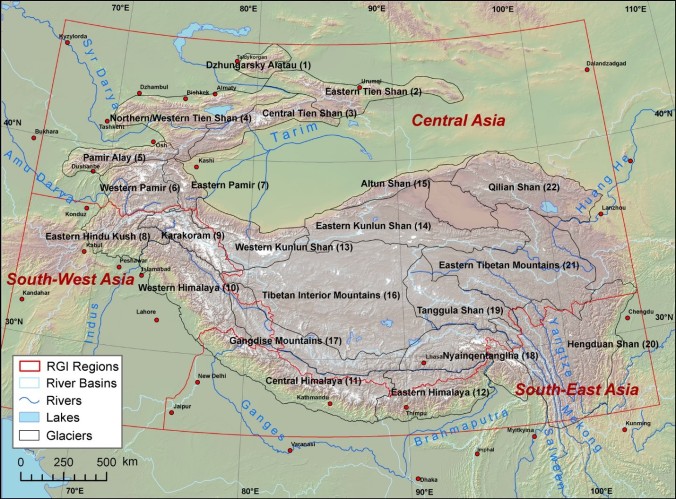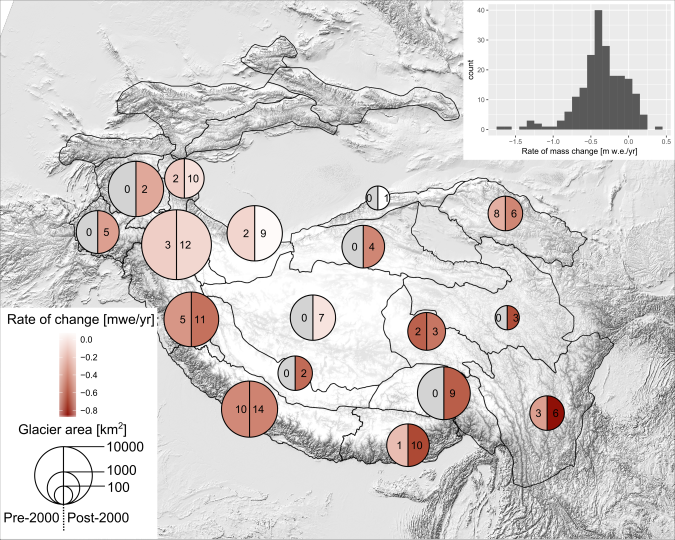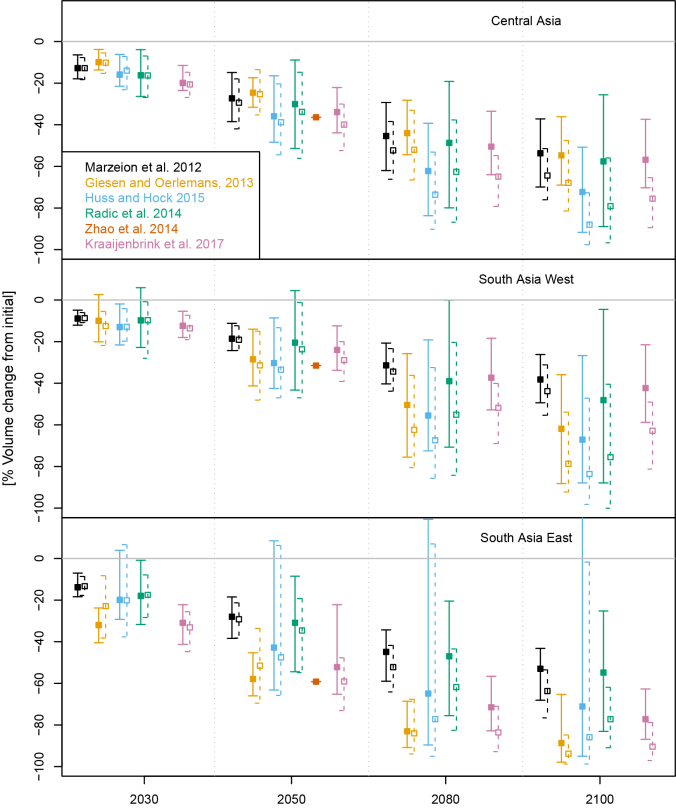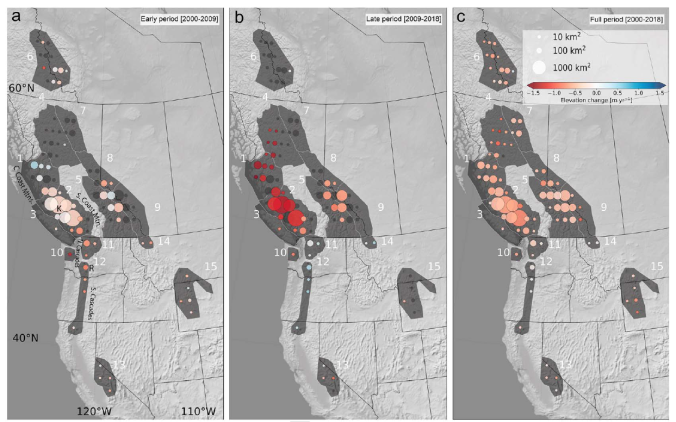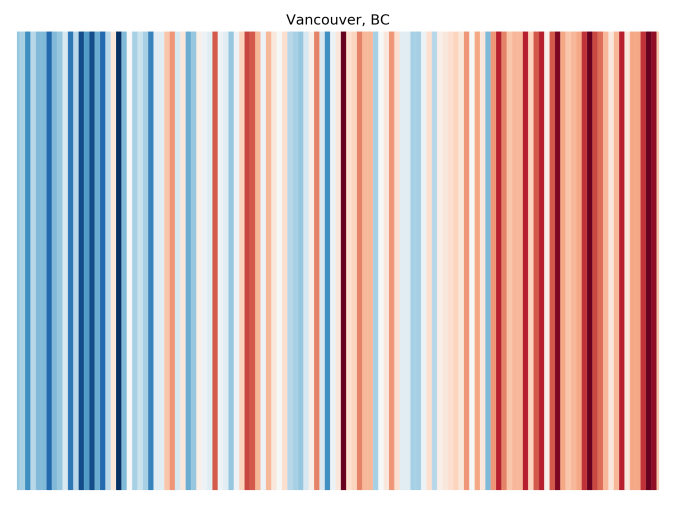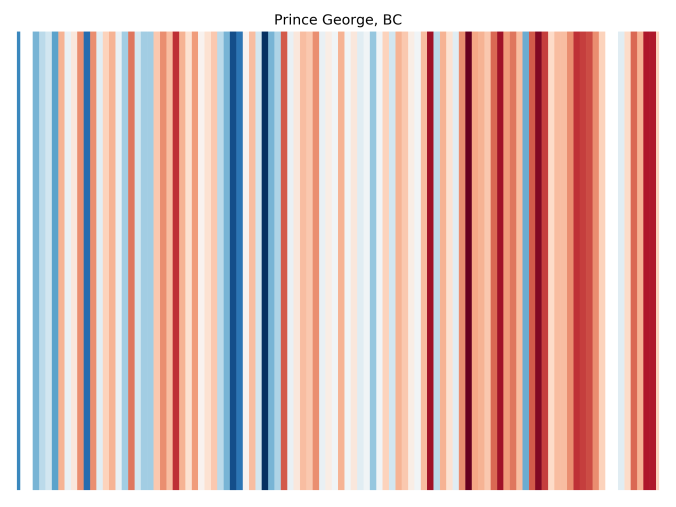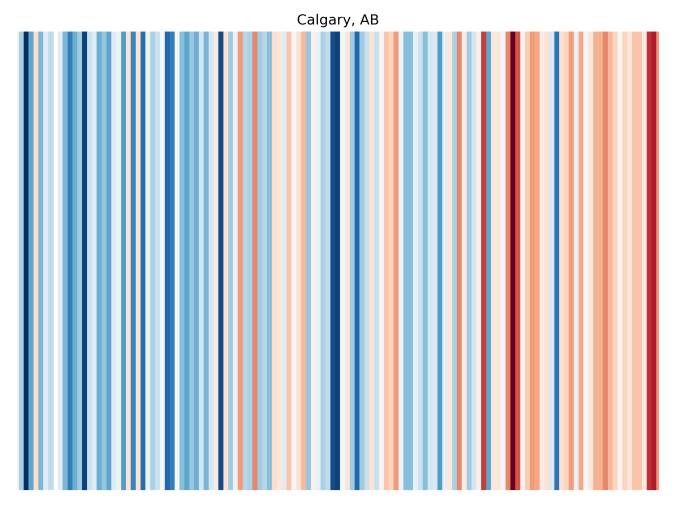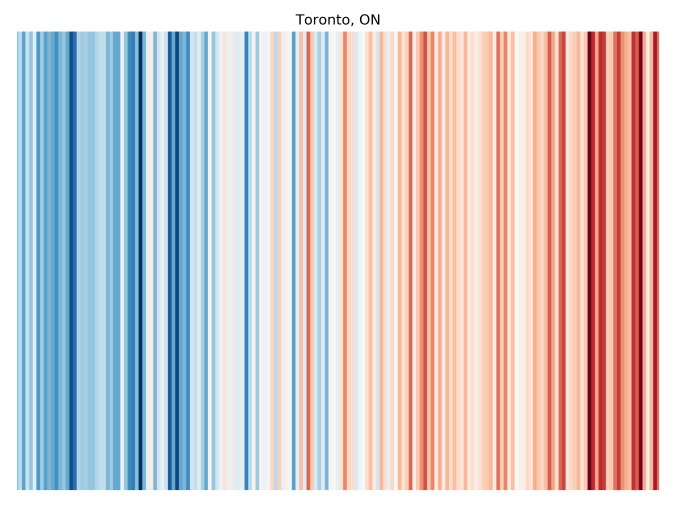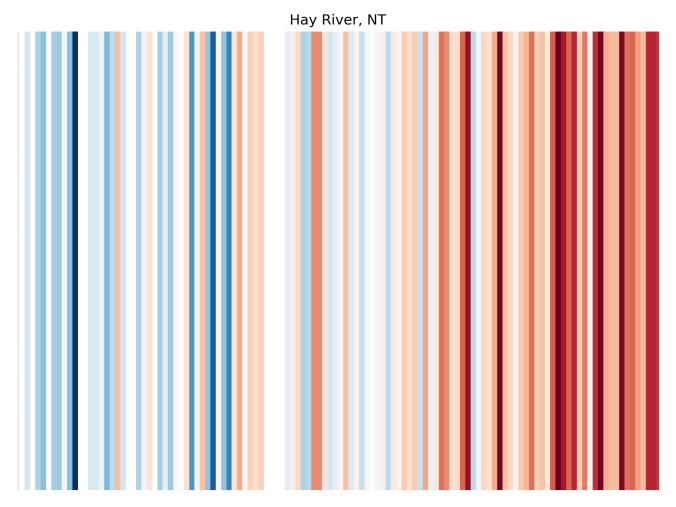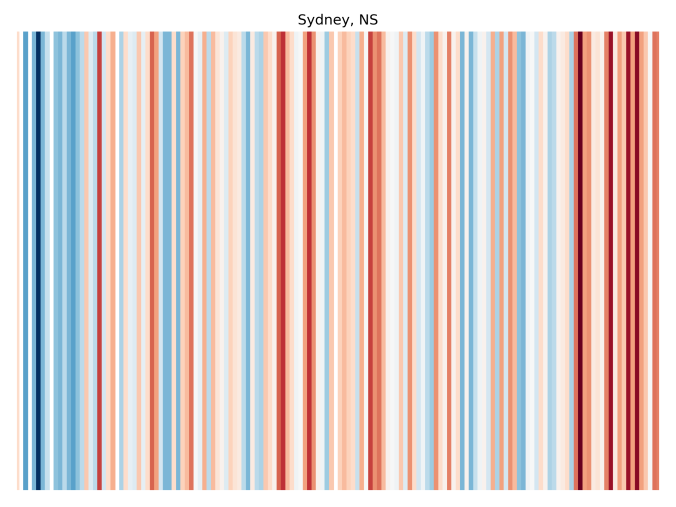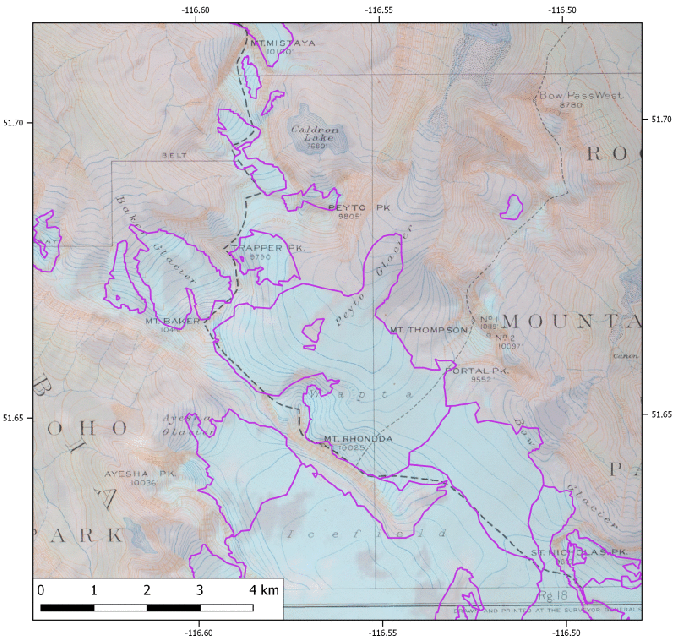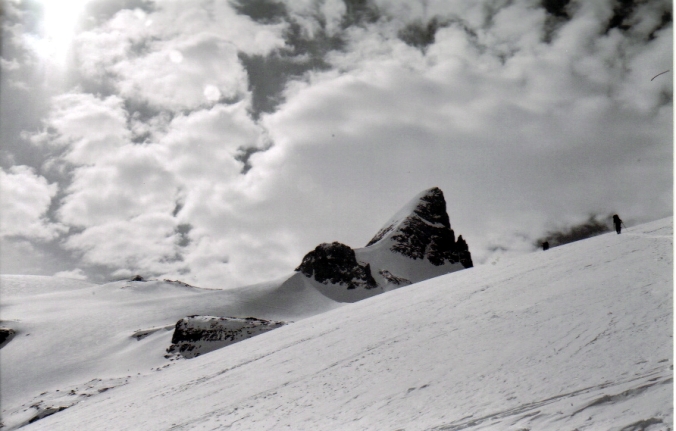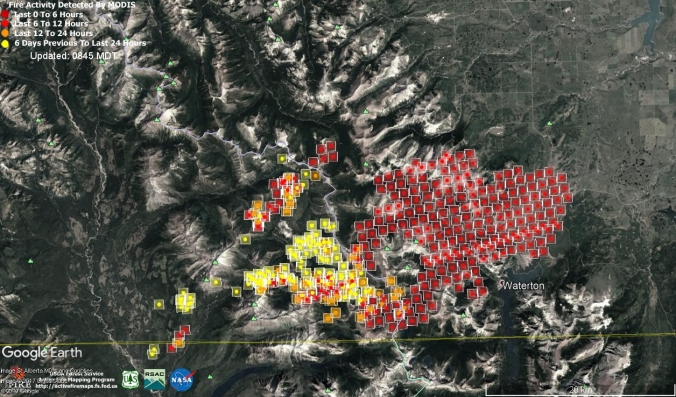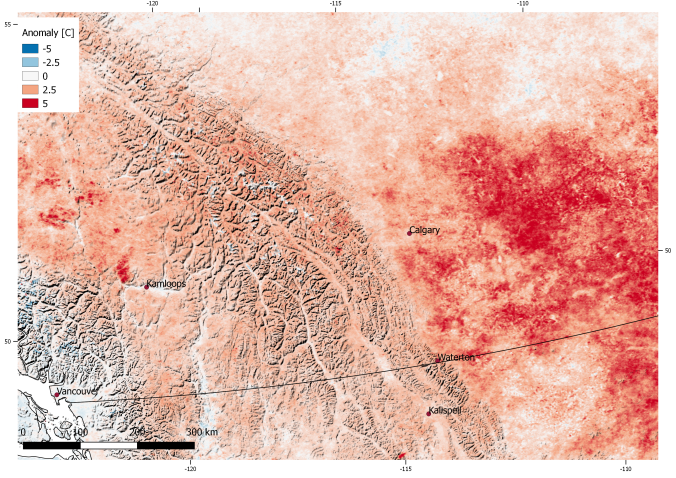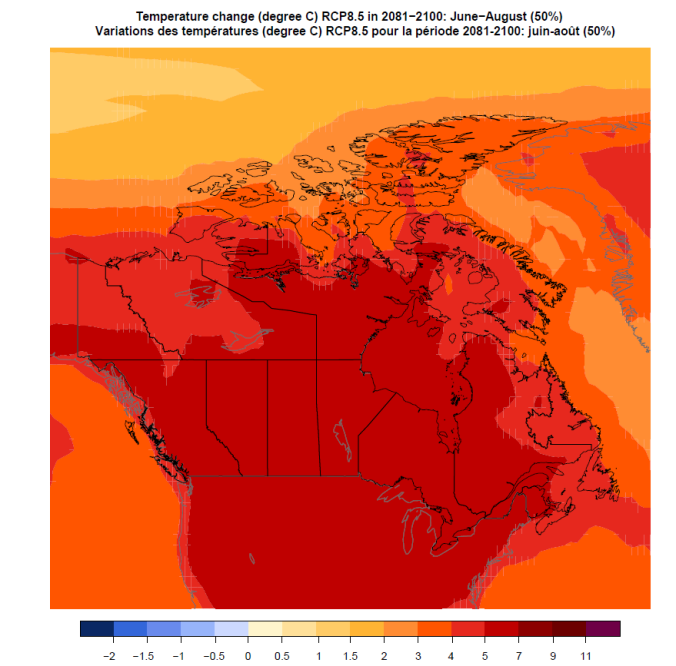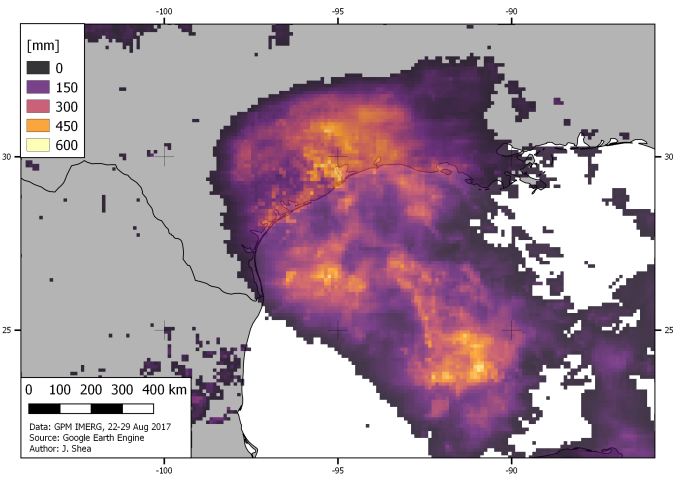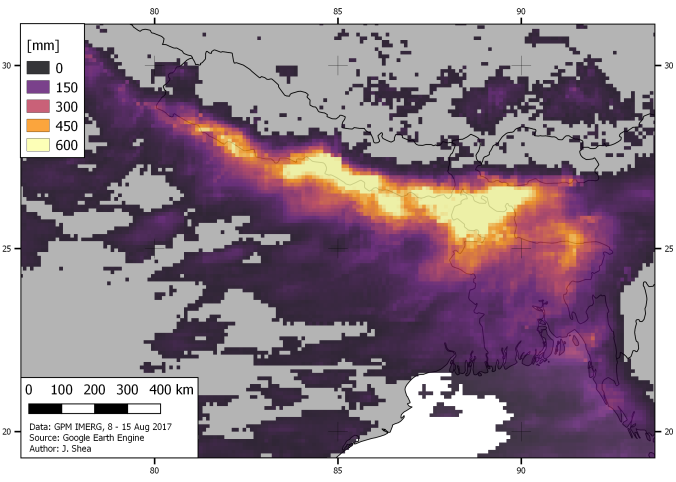[Edit: Sat on this post for a while, but since the ‘graph’ is making the rounds again, decided to release it as is. The report, if you’re interested, is here]
[Edit 2: The report lists Deb Solberg as the contact for media inquiries. Deb Solberg is married to Monte Solberg, who was a Reform/Conservative MP for Medicine Hat.]
[Edit 3: This post is meant to draw attention to how ridiculous the report is, and to highlight how extremely shoddy science is the last refuge of those who deny the role of humans in ongoing climate change.]
The Frontier Centre for Public Policy (FCPP), a conservative think-tank based in Canada, has published a report by Patrick Moore on the positive impacts of human CO2 emissions.
This post-publication review will follow a standard academic review template: I will summarize the paper, offer general comments on the scientific merit of the study, and I will provide specific comments on the methods used, interpretation of the results, and the use of supporting literature.
Summary
The main conclusion of this report appears to be that, based on an extrapolated trend in atmospheric CO2 over the past 140 million years, life on earth will start to fail in two million years as CO2 levels drop below a threshold for plant growth. Thus, the human extraction of fossil fuels and emission of CO2 through combustion is actually a good thing, as it will keep plants growing.
A general issue which comes up again and again is one of scale. The author appears to be concerned about trends on relatively long timescales (140 million years) and the collapse of the global biogeochemical carbon cycle, but is apparently unconcerned about massive shocks to this same cycle on century timescales (i.e. through combustion of fossil fuels).
Overall the report is clearly written, but incompletely and inappropriately referenced (Breitbart does not count as a peer-reviewed source).
General Comments
- The main thrust of this paper is that based on trends in CO2 from the last 140 million years, life on Earth will perish completely in 2 million years. The ‘trend’ in CO2 is never quantified, and instead appears to be based on a purely visual approximation (see graph below). This type of trend estimation is a serious abuse of statistics, as the time axis is not linear(!), and the authors do not provide any regression line parameters or coefficient of variation. Not to mention the fact that the CO2 data and the temperature data are of unknown quality (see point 2 below).

Figure 2 from Moore (2016). Note the non-linear time axis, and the bright green linear trend line with a helpful arrow.
- Caption for Figure 1 notes that the geological time-scale data for CO2 and temperature show that they are not in “lockstep”. The provenance of these data is not clear – the graph appears to be taken from a website, and the data are somehow cobbled together from a number of different sources. More reliable and recent ice core data (such as that shown in Figure 5, or see for example Petit et al., 1999) clearly show the strong relation between CO2 and temperature over the last 1 million years, which is arguably more relevant for human purposes.
- Figure 3 is a graph from Jo Nova (not a credible peer-reviewed source). The author should be using (or at the very least referencing) the original datasets and publications.
Specific Comments
- Figures 1 and 2 are the same figure, but one has a green trend line drawn through it. Suggest removing Figure 1. Also, there are no units for the temperature axis. Please add a second x-axis.
- Endnote 5 is incorrect: “Paleogene”, not “Paleocene” for the Pagani reference
- If you’ve read this far, I apologize.
References
Petit, J.R., Jouzel, J., Raynaud, D., Barkov, N.I., Barnola, J.M., Basile, I., Bender, M., Chappellaz, J., Davis, M., Delaygue, G. and Delmotte, M., 1999. Climate and atmospheric history of the past 420,000 years from the Vostok ice core, Antarctica. Nature, 399(6735), pp.429-436.



